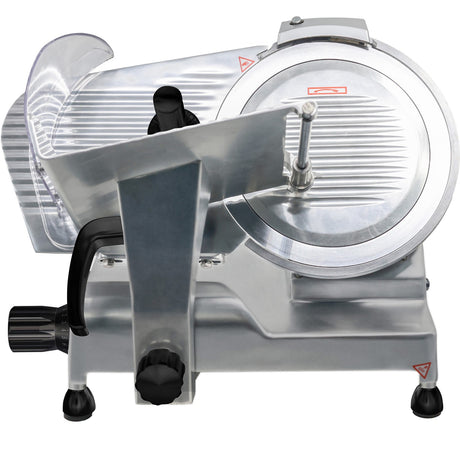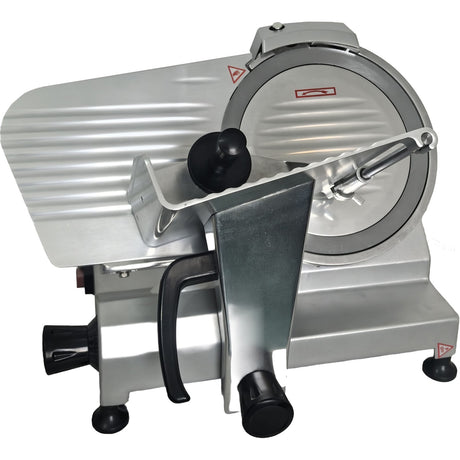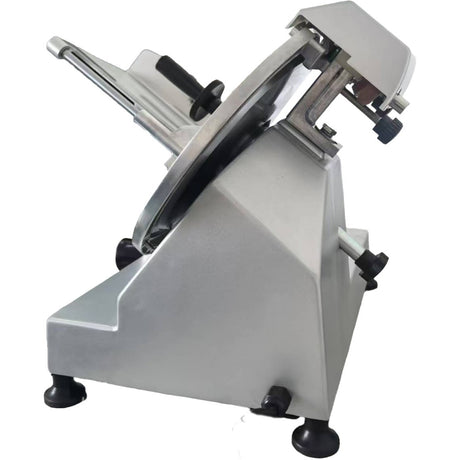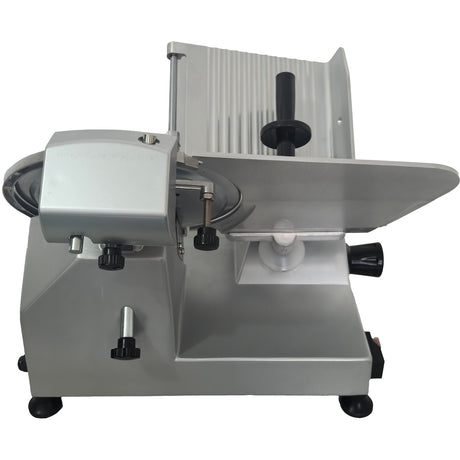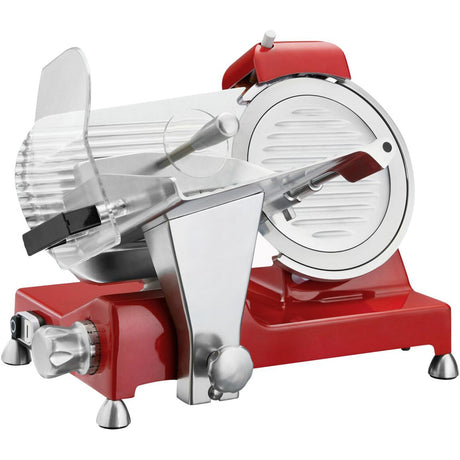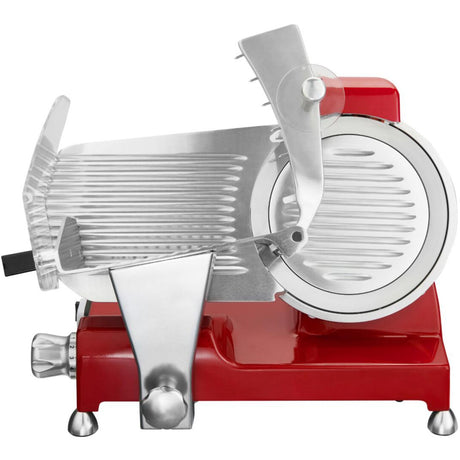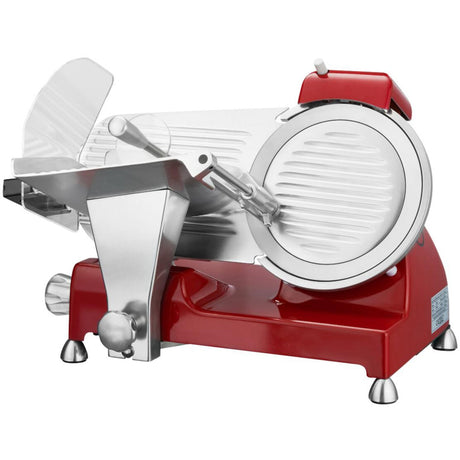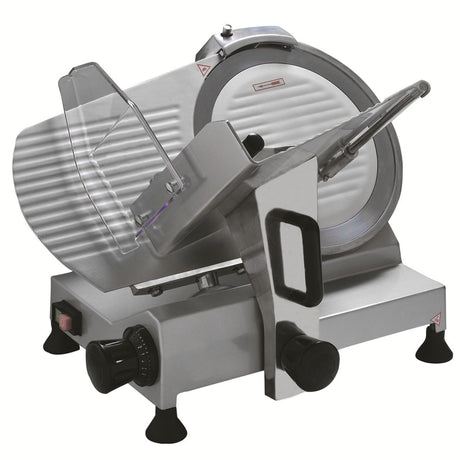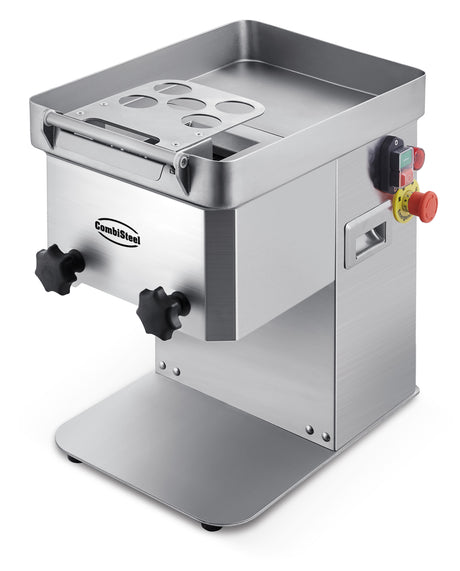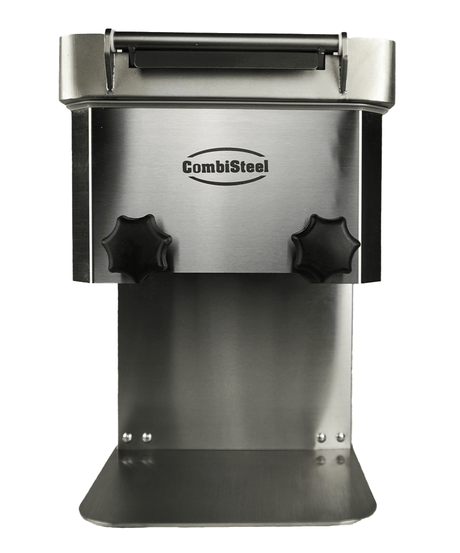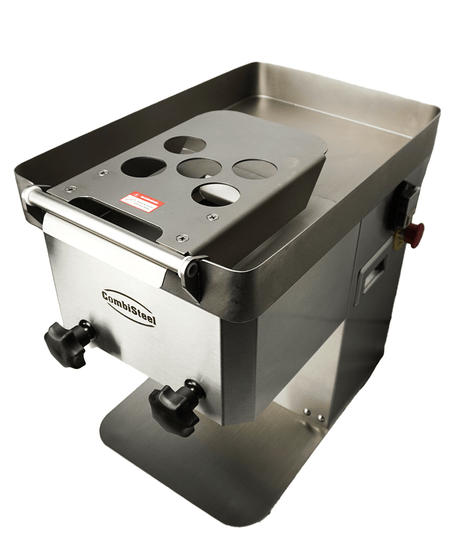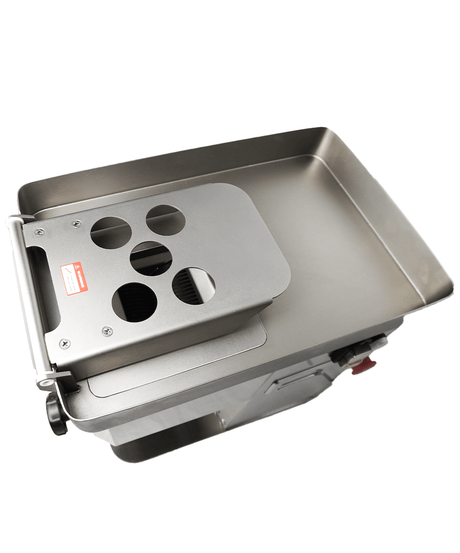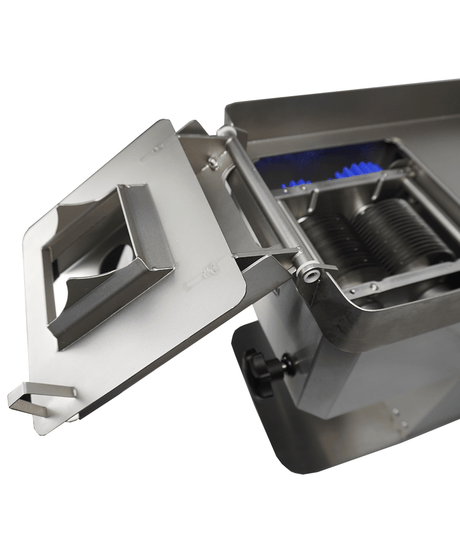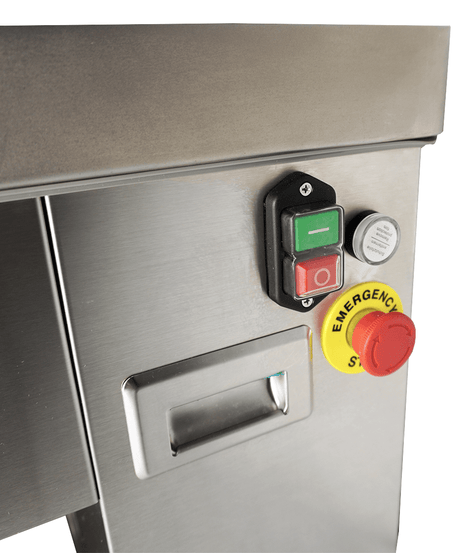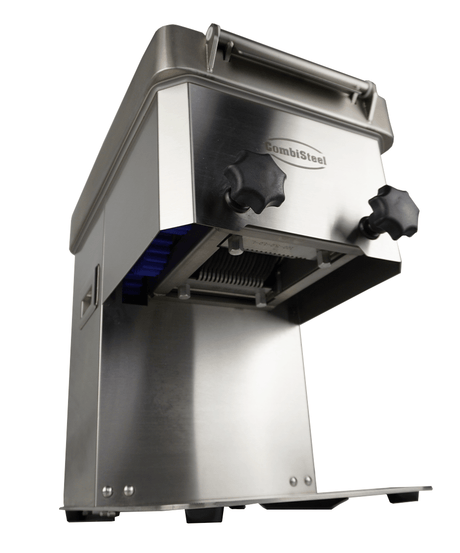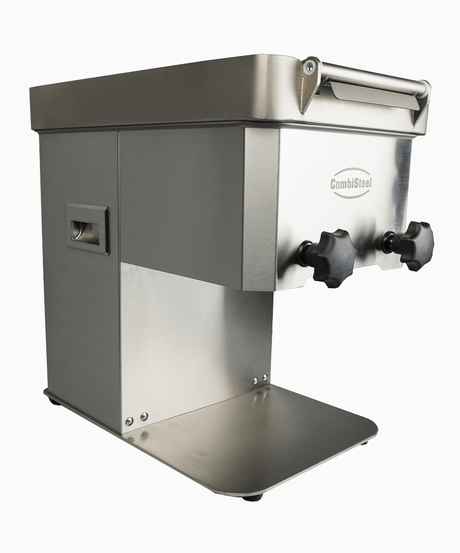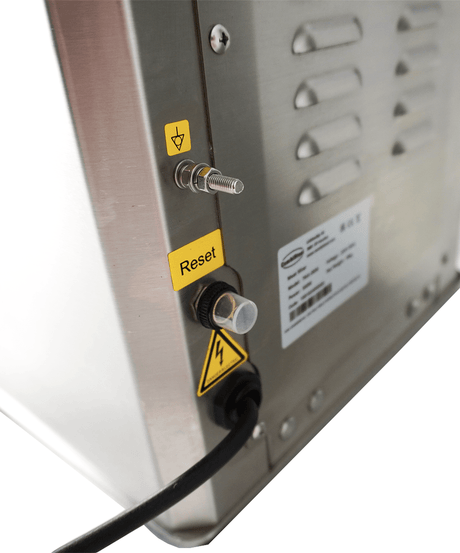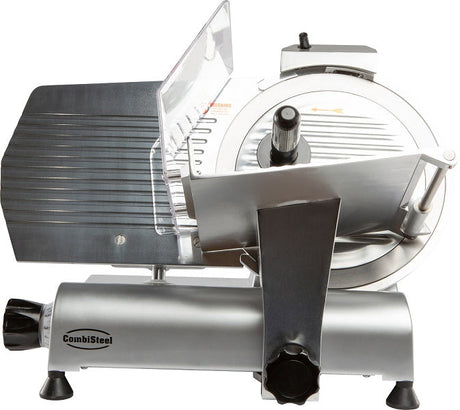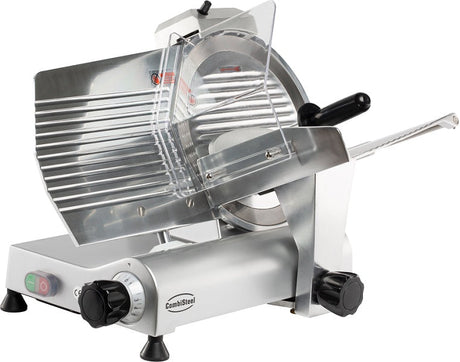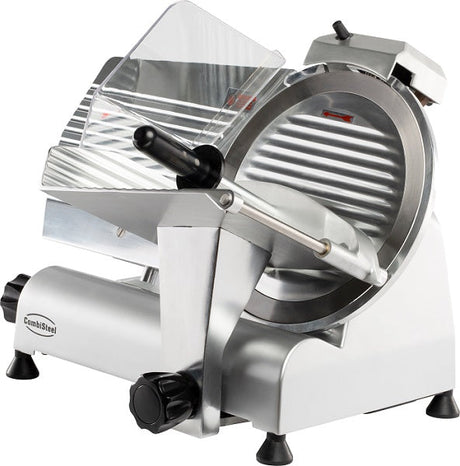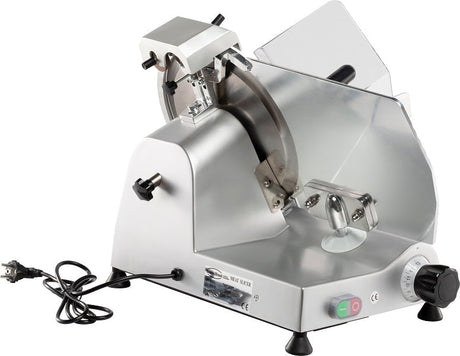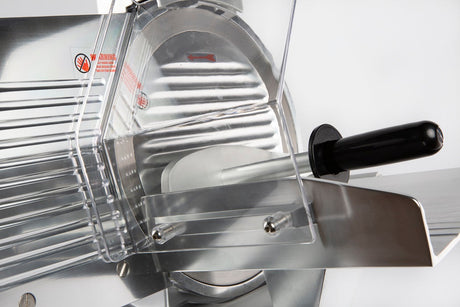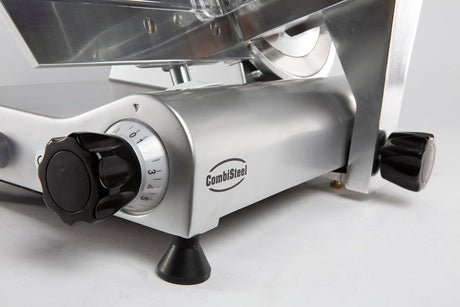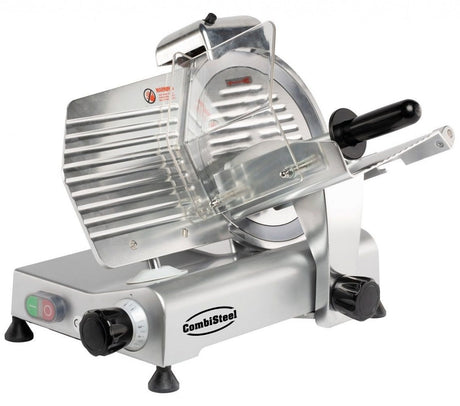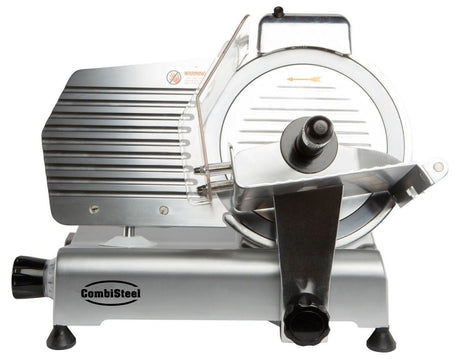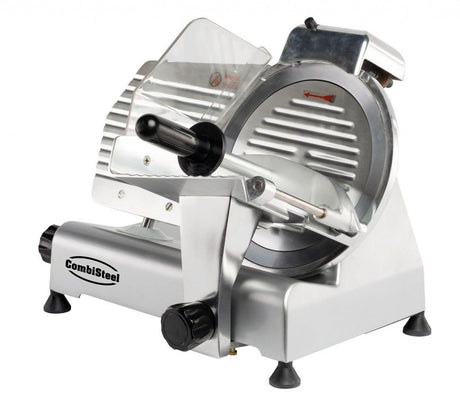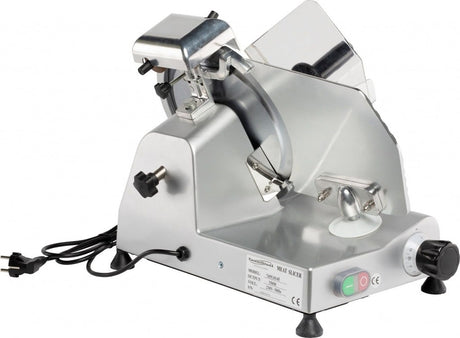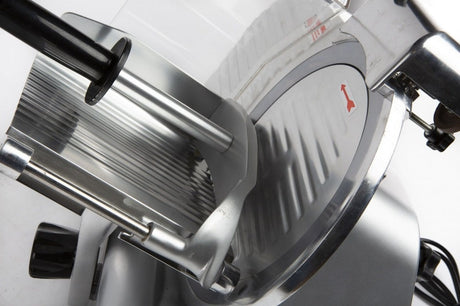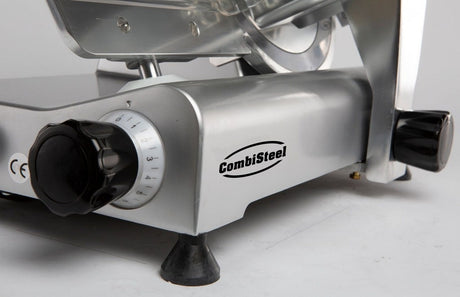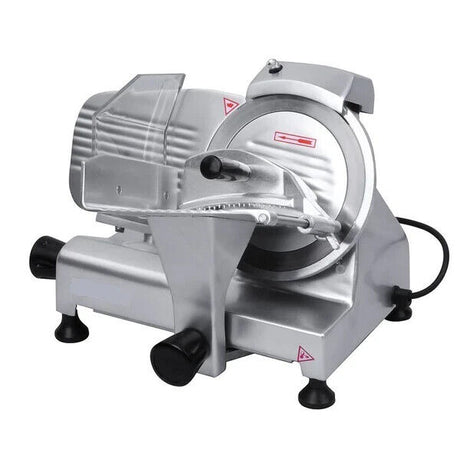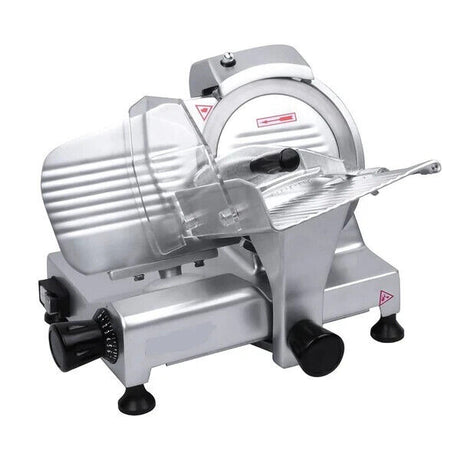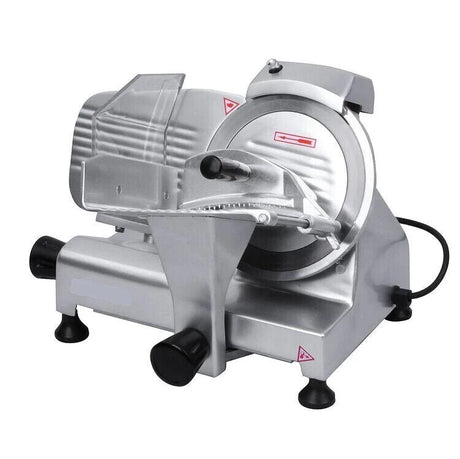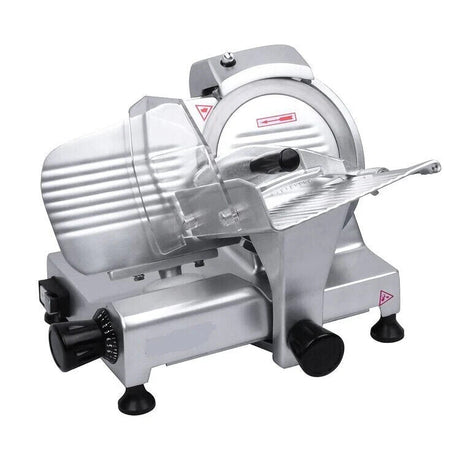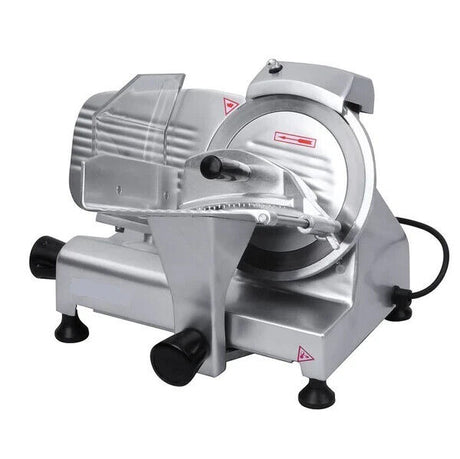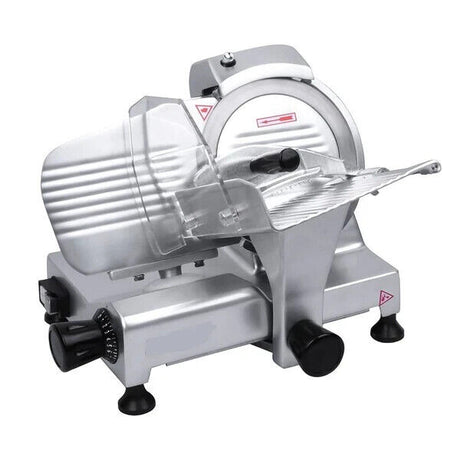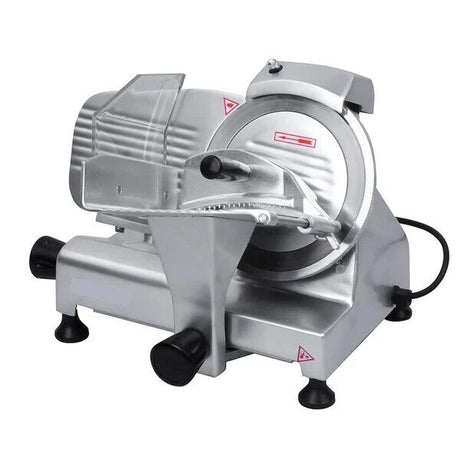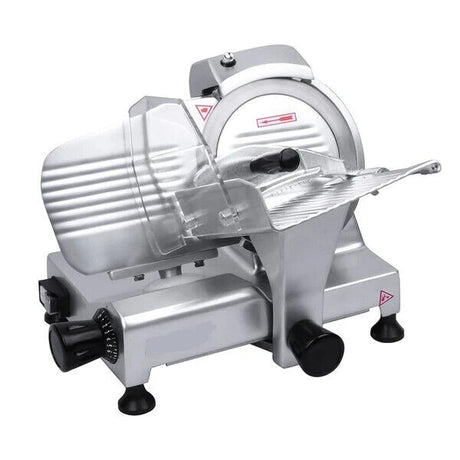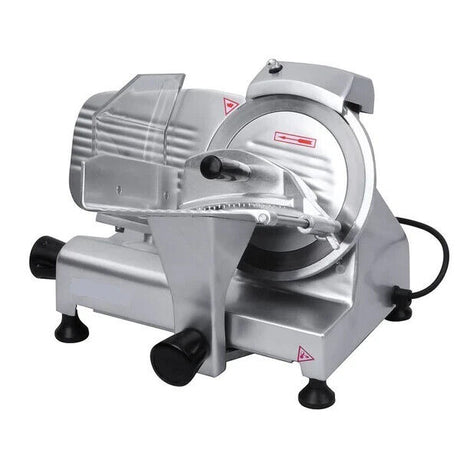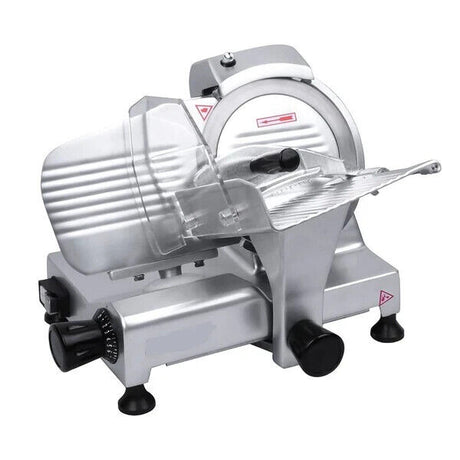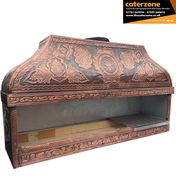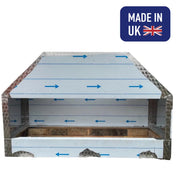Mix & Match — Save More on Catering Equipment
- 2 items | Extra 5% Off
- 3–4 items | Extra 7% Off
- 5–9 items | Extra 10% Off
- 10+ items | Extra 15% Off
Auto-applied discount at checkout – no extra steps!
- Sold out£157.75 off
UK CATERING
Commercial Meat Slicer 10''/250mm Aluminium | Sy250 A
£284.95£442.70Unit price /Unavailable - New arrival
- New arrival
- New arrival
- New arrival
- New arrival
- Sold out£304.25 off
UK CATERING
Commercial Meat Slicer 12''/300mm Aluminium Magnesium | Sy300 L
£432.95£737.20Unit price /Unavailable - £277.85 offNew arrival
UK CATERING
Commercial Meat Slicer 10''/250mm Aluminium Magnesium | Sy250 L
Very low stock (6 units)£314.95£592.80Unit price /Unavailable - Sold out£186.85 off
UK CATERING
Commercial Meat Slicer 12''/300mm Aluminium | Sy300 A
£405.95£592.80Unit price /Unavailable - Sold out£170.75 off
UK CATERING
Commercial Meat Slicer 9''/220mm Aluminium | Sy220 A
£271.95£442.70Unit price /Unavailable UK CATERING
Premium Commercial Meat Slicer 12''/300mm Anodized Aluminium | Hbs300 L
Very low stock (7 units)£362.95£998.00Unit price /UnavailableUK CATERING
Premium Commercial Meat Slicer 10''/250mm Anodized Aluminium | Hbs250 L
Low stock (14 units)£258.95£650.00Unit price /Unavailable- £465.05 offNew arrival
UK CATERING
Commercial Meat Slicer 12''/300mm Aluminium Coated | Hbs300 A
Very low stock (2 units)£310.95£776.00Unit price /Unavailable UK CATERING
Commercial Meat Slicer 10''/250mm Aluminium Coated | Hbs250 A
£217.95£566.00Unit price /Unavailable- Sold out£252.05 off
UK CATERING
Commercial Meat Slicer 9''/220mm Aluminium Coated | Hbs220 A
£193.95£446.00Unit price /Unavailable - Sold out£61.05 off
UK CATERING
Commercial Meat Slicer 12''/3000mm Aluminium Coated Red | Bf300 Rouge
£736.95£798.00Unit price /Unavailable - Sold out£181.05 off
UK CATERING
Commercial Meat Slicer 8''/220mm Aluminium Coated Red | Bf220 Rouge
£356.95£538.00Unit price /Unavailable UK CATERING
Commercial Meat Slicer 11''/275mm Aluminium Coated | Hbs275 A
£293.95£706.00Unit price /Unavailable- £53.00 offNew arrival
Combisteel
Combisteel Meat Slicer 250 Kg/H 230 V
Very low stock (1 unit)£1,594.90£1,647.90Unit price /Unavailable - New arrival
Combisteel
Versatile Combisteel 300mm Heavy Duty Meat Slicer - Model 7455.0155
Low stock (15 units)£774.90Unit price /Unavailable - New arrival
Combisteel
Premium 250mm Heavy-Duty Meat Slicer by Combisteel - Model 7455.0145
Low stock (15 units)£504.90Unit price /Unavailable - £222.55 offNew arrival
Caterzone
Electric Meat Slicer Deli Butcher Commercial Cheese Meat Food Slicer 275mm
In stock (39 units)£574.95£797.50Unit price /Unavailable - £133.55 offNew arrival
Caterzone
Meat Slicer 195mm Blade Size Countertop Gravity Belt Driven Slicer
In stock (26 units)£344.95£478.50Unit price /Unavailable - £149.55 offNew arrival
Caterzone
Electric Meat Food Slicer Deli Butcher Commercial Cheese Meat Slicer 220mm
In stock (25 units)£386.95£536.50Unit price /Unavailable - Sold outNew arrival
Caterzone
Electric Meat Slicer Deli Butcher Commercial Cheese Meat Food Slicer 250mm
£558.95Unit price /Unavailable - £246.55 offNew arrival
Caterzone
Electric Meat Slicer Deli Butcher Commercial Cheese Meat Food Slicer 300mm
In stock (41 units)£637.95£884.50Unit price /Unavailable
Best Meat Slicer for Your Kitchen Needs
Take your home cooking to the next level with the right meat slicer. Whether you want thin deli slices or thick cuts, this guide will help you find the perfect one. A good meat slicer turns your kitchen into a place of creativity, making it easy to make restaurant-quality dishes.
Learn about the benefits of a meat slicer and the top features and brands available. Get ready to change how you prepare food and enjoy more control over your meat recipes.
What is a Meat Slicer?
A meat slicer, also known as a deli slicer or food slicer, is a kitchen tool. It cuts meats, cheeses, and other foods into thin slices. These machines are common in homes, letting you make deli-style slices easily.
Understanding the Benefits of Owning a Meat Slicer
Having a good meat slicer brings many benefits to home cooks. Here's why:
-
You can slice meats, cheeses, and more to the perfect thickness, just like in a deli.
-
It saves time and effort in meal prep, cutting through ingredients quickly.
-
It helps reduce food waste by letting you slice only what you need, avoiding unused pre-sliced items.
-
You can try different foods, from meats to bread, to make new and tasty dishes.
Having a meat slicer can make your cooking at home better. It gives you the ease and control to get professional-quality slices in your kitchen.
Choosing the Right Meat Slicer for Your Kitchen
Choosing the right meat slicer for your kitchen is important. You need to think about the blade size, motor power, and the slicer's size. Knowing what you need and what will fit your kitchen is key.
To pick the best meat slicer, consider these factors:
-
Blade Size: Meat slicers have blades from 7 to 14 inches. Larger blades are better for thicker cuts. Think about the meats and thickness you'll slice.
-
Motor Power: The motor's power is in watts. A strong motor (at least 150 watts) ensures smooth slicing, even with tough meats.
-
Slice Thickness Adjustability: Choose a slicer that can adjust from very thin to 1/2 inch or more. This lets you slice to your liking for any recipe.
-
Footprint and Dimensions: Make sure the slicer fits your kitchen counter. Measure the space to find the perfect size.
By thinking about these points, you can find the best meat slicer. It will make your cooking better and help you make perfect slices for sandwiches and more.
Types of Meat Slicers
Choosing the right meat slicer for your kitchen can be a bit tricky. You'll find many options, from manual to electric slicers. Each type has its own features and benefits, whether for home use or commercial kitchens.
Manual vs. Electric Meat Slicers
Manual meat slicers let you control the blade by hand. They are often cheaper and save space, making them ideal for home cooks. Electric slicers, however, make slicing easier and faster, giving you even cuts with less effort.
Home vs. Commercial Meat Slicers
Home meat slicers are for personal use, with smaller blades and less power. They're great for slicing meats, cheeses, and veggies for family meals. Commercial slicers, on the other hand, are for heavy-duty use in professional kitchens. They have bigger blades and stronger motors.
When picking a meat slicer, think about your needs and kitchen setup. This will help you choose the best one for your cooking.
Top Features to Consider When Buying a Meat Slicer
When looking for the best meat slicer, several key features matter a lot. The size and material of the blade are crucial. So is the slicer's power and durability. Each feature helps get the precise, consistent slices you want.
Blade Size and Material
The size and material of the blade are key. The size, usually in inches, shows how thick and wide you can slice meat or other foods. Bigger blades, like 10-inch or 12-inch, let you slice more at once.
The material, often stainless steel, is also vital. It affects how long the blade stays sharp and how well it cuts. A good material means your slicer will last longer and cut better.
Think about what you need and what you'll be slicing. A big blade is great for big roasts or hams. But a smaller blade might be better for smaller spaces or for slicing things like cheese or tomatoes.
Meat Slicer Safety Tips
Using a meat slicer can make preparing food easier. But, safety should always come first. Here are some key tips to keep you safe while using a meat slicer.
-
Proper Handling and Blade Maintenance: Always keep your hands and fingers away from the blade. Make sure the blade is clean and well-maintained. Check it regularly for damage or dullness and replace it if needed.
-
Safety Features to Look for:
-
Look for meat slicers with safety guards, finger guards, and push sticks to keep your hands away from the blade.
-
Choose a model with a sturdy, non-slip base to prevent the slicer from moving during operation.
-
Opt for a meat slicer with an automatic shut-off feature in case of power loss or unexpected situations.
-
Proper Food Preparation and Handling:
-
Thoroughly clean and dry all food items before slicing to prevent accidents and ensure food safety.
-
Slice meat, cheese, or other ingredients from the front to back, keeping your fingers away from the blade.
-
Never use your hands to push food through the slicer; always use the provided food pusher or a piece of the food item itself.
By following these safety tips, you can safely use a meat slicer. A well-maintained and safely used meat slicer is a great addition to your kitchen.
Cleaning and Maintaining Your Meat Slicer
Keeping your meat slicer clean and well-maintained is key to its long life and best performance. By following a simple guide, you can keep your slicer in great shape. This also helps avoid any food safety problems.
Step-by-Step Guide to Proper Meat Slicer Cleaning
Cleaning your meat slicer often is vital. It keeps it working well and stops food residue and bacteria buildup. Here's a detailed guide to clean your meat slicer right:
-
First, unplug the slicer and make sure it's off before you start cleaning.
-
Take apart the slicer by carefully removing the blade, food carriage, and other parts you can take off.
-
Soak the parts you removed in warm, soapy water to get rid of stuck-on food.
-
Use a soft-bristled brush or sponge to clean the blade, carriage, and other parts gently but thoroughly.
-
Rinse the parts with clean water to get rid of any soap left behind.
-
Use a clean, dry cloth or paper towels to dry the parts completely.
-
Put the slicer back together, making sure everything fits right and is secure.
-
Wipe the outside of the slicer with a damp cloth to remove dust and food bits.
By cleaning and maintaining your meat slicer regularly, you keep it in top condition. This also ensures your kitchen stays safe and clean.
How to Get the Perfect Slice Every Time
To get perfect slices, you need the right tools and techniques. Whether for sandwiches, charcuterie, or meals, slicing meat well can improve your cooking. It also makes meals more enjoyable.
Techniques for Slicing Different Types of Meat
Understanding meat types is key to perfect slices. Here are tips for slicing various meats:
-
Deli Meats: Slice deli meats like ham, turkey, or roast beef gently and evenly. This makes thin, consistent slices. Keep your hand steady and adjust the thickness as needed.
-
Roasts and Steaks: Start by slicing across the grain for tender meat. Use a sharp knife or slicer for clean, uniform slices.
-
Cured Meats: Slice cured meats like salami or prosciutto with a gentle sawing motion. This avoids tearing. Aim for thin, even pieces to highlight the flavors.
For any meat, aim for consistent thickness and less waste. With practice and the right techniques, you'll get perfect slices every time.
Versatile Uses for Your Meat Slicer
A meat slicer is more than just for slicing meats. It's a versatile tool for the kitchen. You can use it to slice cheeses, vegetables, bread, and even some fruits.
A meat slicer is a valuable kitchen tool. It makes meal prep easier and opens up new possibilities in cooking.

